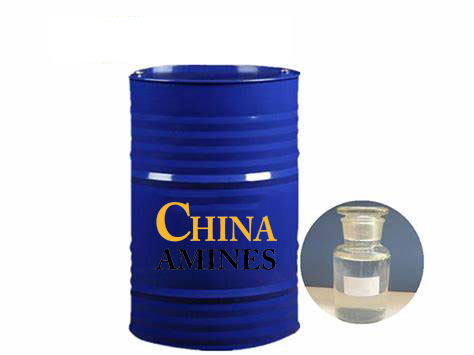1. Chemical Structure and Properties
Molecular Formula: C₇H₈ (C₆H₅CH₃)
Structural Formula:
A mono-substituted aromatic hydrocarbon with a methyl group attached to a benzene ring.
Physical Properties:
Appearance: Clear, colorless liquid with a distinctive sweet, pungent odor.
Boiling Point: 110.6°C; Density: 0.87 g/cm³; Vapor Pressure: 28.4 mmHg at 25°C.
Solubility: Immiscible with water; miscible with most organic solvents (e.g., ethanol, acetone, ether).
Chemical Properties:
Reactivity: Undergoes electrophilic substitution (e.g., nitration, sulfonation) due to the aromatic ring.
Flammability: Combustible (flash point: 4°C; autoignition temperature: 480°C).
Stability: Stable under normal conditions but forms explosive peroxides on prolonged exposure to air and light.
2. Industrial Applications
Solvent Industry:
Paints & Coatings: Primary solvent for resins, lacquers, and adhesives (e.g., automotive paints, nail polish).
Printing Inks: Carrier solvent for flexographic and gravure inks.
Chemical Synthesis:
Feedstock: Produces benzene (via hydrodealkylation), xylene, and toluene diisocyanate (TDI) for polyurethane foams.
Explosives: Intermediate in trinitrotoluene (TNT) manufacturing.
Pharmaceuticals:
Reaction Medium: Solvent for synthesizing APIs (e.g., ibuprofen) and vitamins.
Consumer Products:
Nail Polish Removers: Key ingredient (now largely replaced by acetone in low-VOC formulations).
3. Safety and Toxicology
Health Hazards:
Acute Exposure:
Inhalation (≥50 ppm): Dizziness, headache, CNS depression (TLV-TWA: 20 ppm).
Skin Contact: Defatting action causes dermatitis; systemic absorption possible.
Ingestion: Moderately toxic (oral LD₅₀ rat: 636 mg/kg).
Chronic Effects:
Neurotoxicity: Prolonged exposure linked to cognitive impairment and peripheral neuropathy.
Reproductive Toxicity: Animal studies suggest potential developmental risks (EU CLP: H361fd).
Carcinogenicity: IARC Group 3 (not classifiable as carcinogenic to humans).
Protection Measures:
PPE: Nitrile gloves, organic vapor respirators, chemical goggles.
Storage: Fireproof containers in cool, ventilated areas away from oxidizers.
4. Environmental and Regulatory Compliance
Environmental Impact:
Air Pollution: High volatility contributes to ground-level ozone and smog formation (VOC classification).
Aquatic Toxicity: LC₅₀ (fish, 96h): 10–100 mg/L; toxic to aquatic life.
Biodegradability: Slow (OECD 301F: 20–40% in 28 days).
Regulatory Frameworks:
EU:
CLP Regulation: Classified as Flammable Liquid (Category 2), Repro. Tox. 2 (H361fd).
REACH: Restricted in consumer products (Annex XVII) above 0.1% concentration.
USA:
OSHA PEL: 200 ppm (8-hour TWA); EPA: Regulated under Clean Air Act as a HAP.
China:
GB 13690-2009: Classified as Hazardous Chemical (Class 3.2).
Waste Management:
Incineration with energy recovery; adsorption via activated carbon for air/water treatment.
5. Case Studies and Application Insights
Case 1: Automotive Paint Reformulation (Toyota, 2022):
Challenge: Reduce VOC emissions in spray paints without compromising drying time.
Solution: Replaced 50% toluene with bio-based solvents (e.g., limonene).
Result: 30% lower VOC emissions and comparable performance.
Case 2: Semiconductor Wafer Cleaning (Intel, 2021):
Process: Used toluene to remove photoresist residues in 7nm chip fabrication.
Efficiency: Achieved 99.9% purity but phased out due to worker safety concerns.
Comparative Analysis:
Toluene vs. Xylene:
Pros: Faster evaporation, lower cost.
Cons: Higher neurotoxicity and flammability risk.
Specifications:
Toluene is a clear, water-insoluble aromatic hydrocarbon with a boiling point of 110.6 °C and ≥99.5% purity, widely used as an industrial solvent in paints, coatings, adhesives, and chemical synthesis.


